Newspapering the curmudgeon way

Back in my day, we put out the newspaper with chisels and iron and we LIKED IT THAT WAY!
Gilbert Cranberg — who may have the funniest old-man name ever — has a column up over at the Nieman Watchdog site (Nieman is the Harvard press watchdog group) decrying the graphic-ication of print news. He calls artists and editors who devote large segments of newsprint to graphics "Space Snatchers," and claims that by and large newspapers would do a better service to their readers (and their bottom line, presumably) if they loaded up on text like in the good old days, before complicated graphics could actually look good in print.
While I think Cranberg may have something resembling a point (you could successfully argue that many times stories are given an overwhelmingly graphic treatment even when none is needed), I think he shoots himself in the foot when he says this:
If people want a visual medium, they can turn on the TV set, which no newspaper can rival no matter how much is invested in graphics. Readers subscribe to newspapers for text, not for artwork. To the extent that newspapers substitute overly-generous graphics for news and opinion they shortchange readers and alienate them.
As long as newspapers are things that must be looked at, as opposed to absorbed via osmosis or direct cranial uplink, they are a visual medium and therefore have to take into account the idiosyncracies of the eye and its relationship to cognition. Which means that acknowledging that graphic interpretations of news events often help readers digest complicated subject matter. (For an excellent example, which I'm ganking from a comment left by Charles Apple, the graphics director at the Virginian-Pilot — among the best-looking papers in the country — consider the fantastic graphic work done by the New York Times staff after Sept. 11 in which they broke down graphically how the towers fell. There is a story to be told there with text, yes, but showing the reader how something catastrophic like that happened is surely a valuable journalistic endeavor.)
It's true that newspapers' woes won't be solved by blowing up photos and running huge graphics and illustrations alone. But a backlash that prescribes going heavy on the text at the expense of potentially compelling graphic information is just as stupid as assuming a big fat photo is going to make or break your newsstand sales for the day.
Cranberg is muttering about space issues yet he doesn't give a single paragraph's consideration to the medium through which his opinions have gained attention: The internet. Space will always be an issue in the print product, yes, but not online. If old-timers like him don't start considering the potential of the web to distribute news — and yes, that includes wordy pieces and inflated graphics alike — then we are doomed surely.

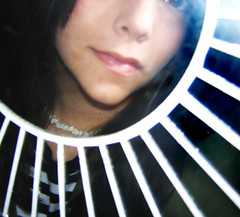
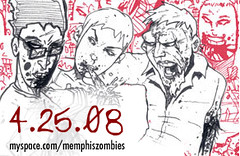


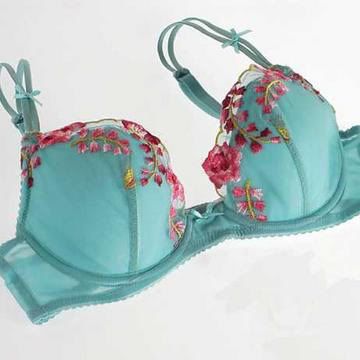

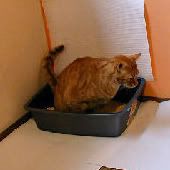
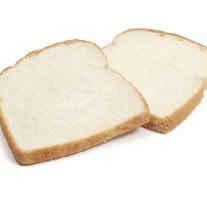


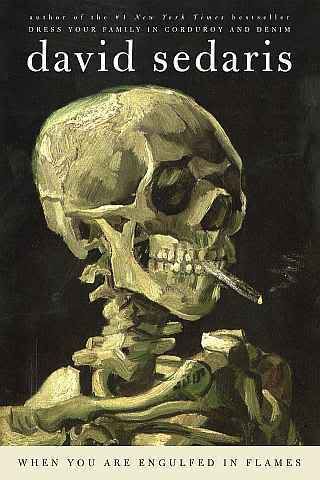
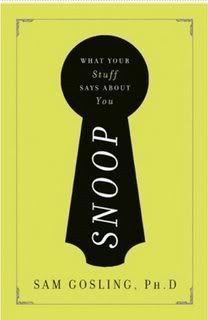

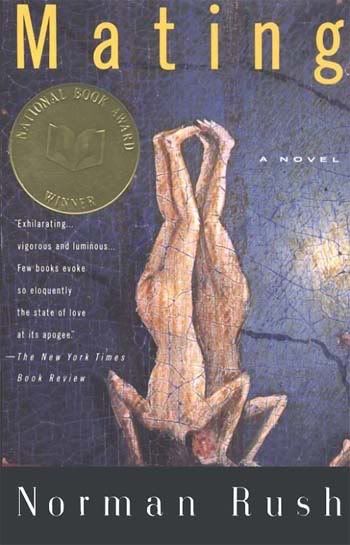





2 Comments:
At my newspaper, we like big flashy graphics and big art.
In all honesty, we sell more papers when we do this.
Just an observation.
I hate to agree with the old curmudgeoun too much...especially since this is a designer's blog.
The fact is that, yes, graphics are necessary but with the rise of TV and, later, the Intertubes (it's not a dump truck, you know)- tactile textual media like newspapers and magazines will, at some point, have to provide some sort of benefit that the other news sources cannot provide. For better or worse, the benefit is text. Lots of it. Well-written, thought-provoking, professionally-produced text.
The speed of service battle has been forever lost. No matter how pretty the pie charts and photos on the front of the New York Times really are, any shmuck with 6 hours of community college credit and a reasonably powerful computer is going to be able to produce them.
Yep- the way forward for the newspaper is backward.
Post a Comment
<< Home